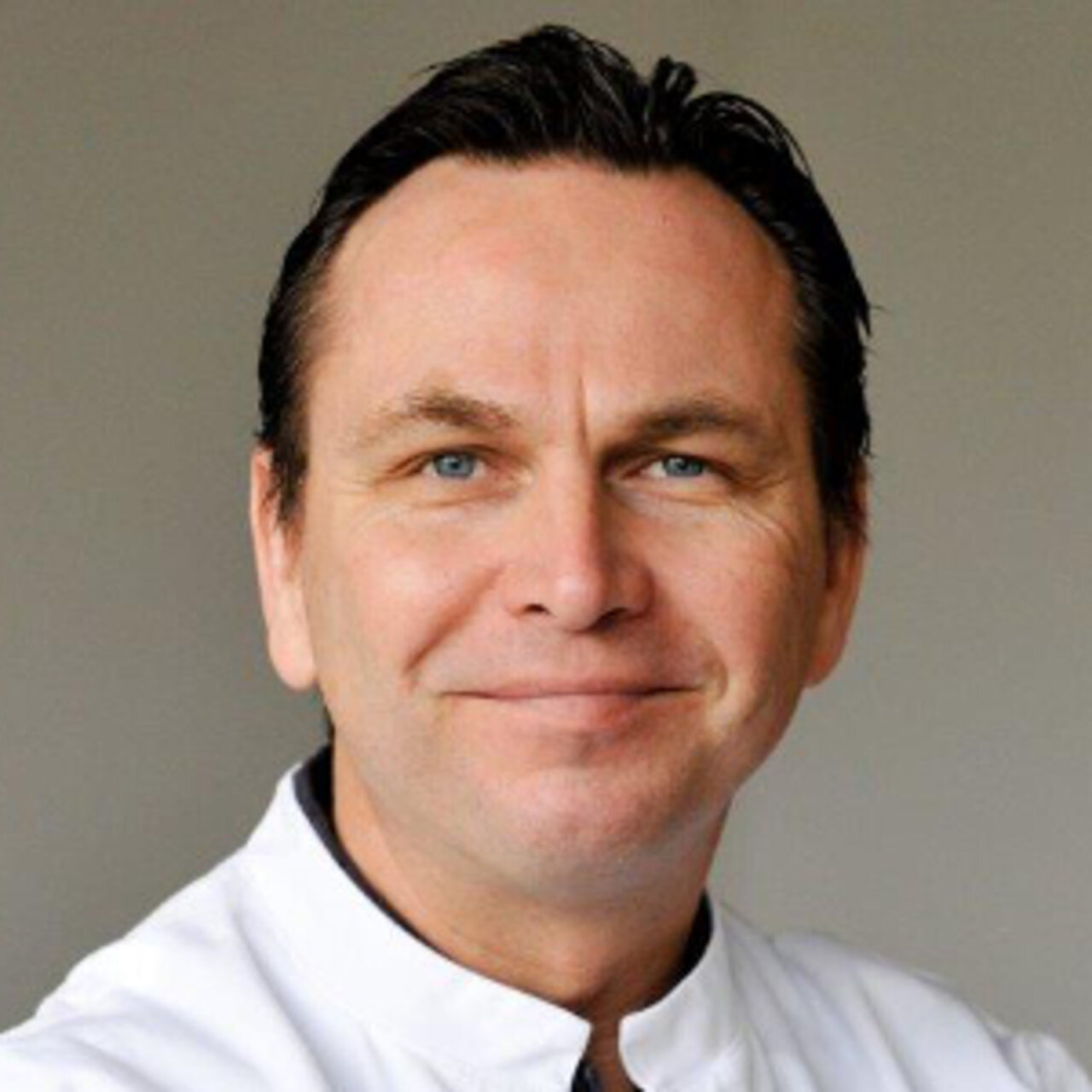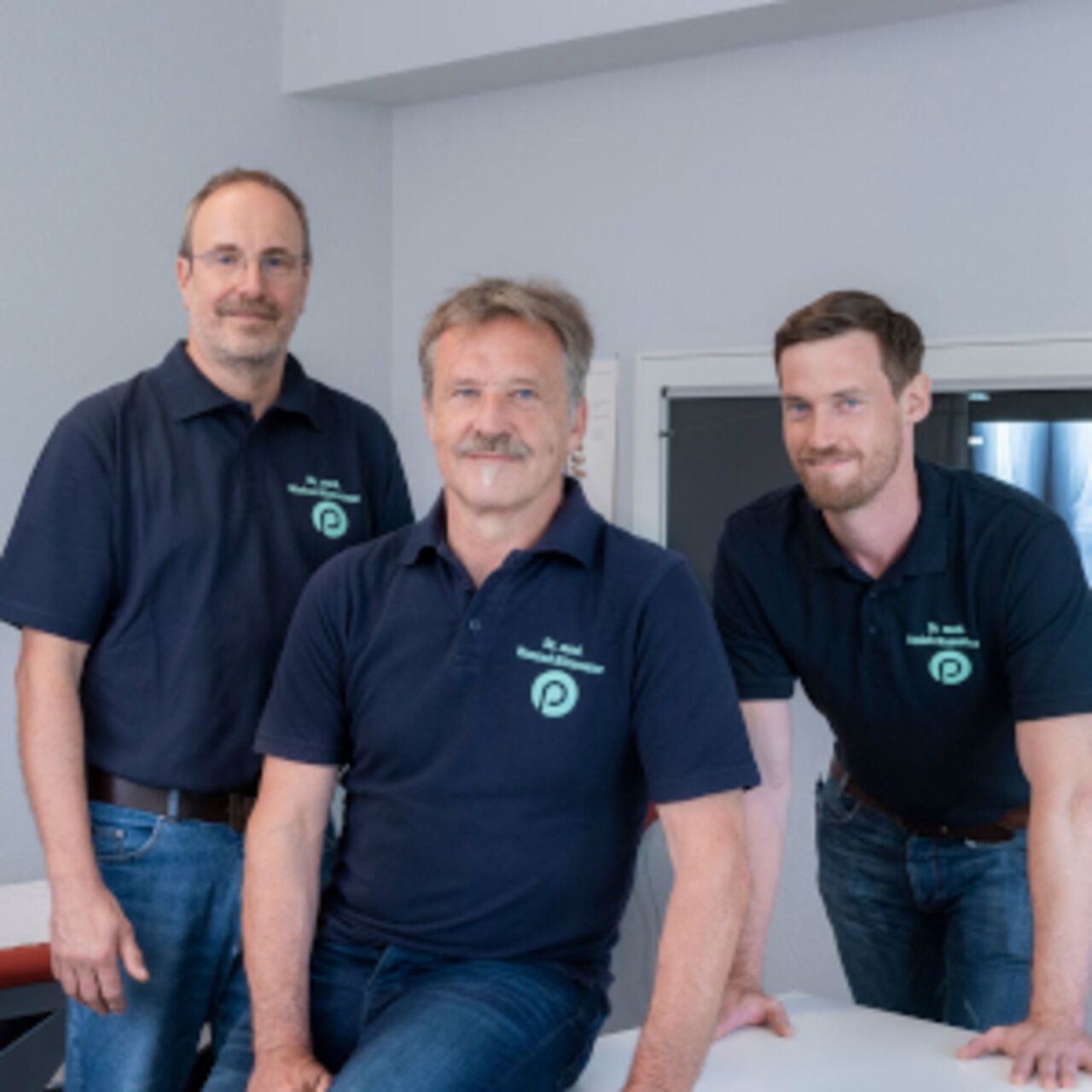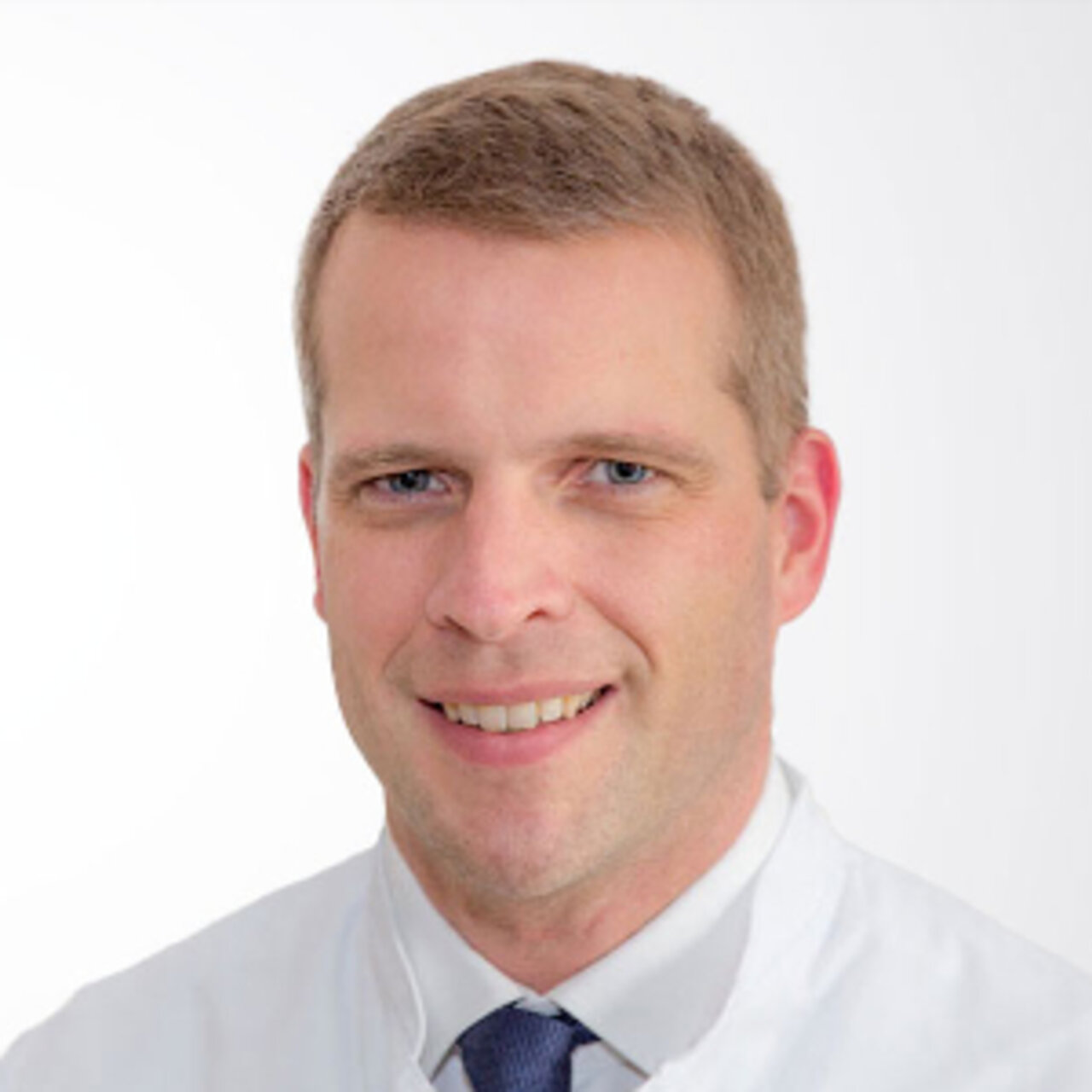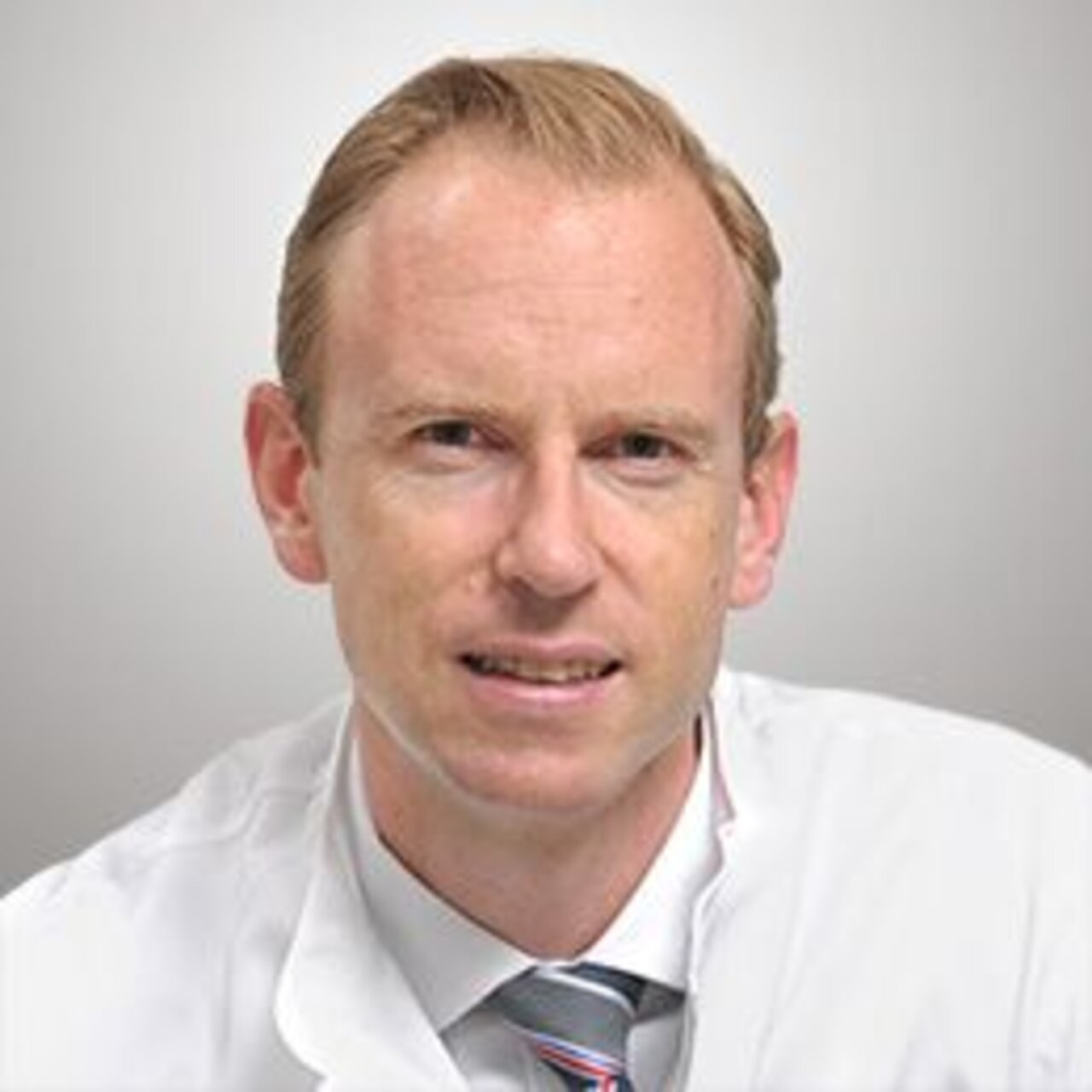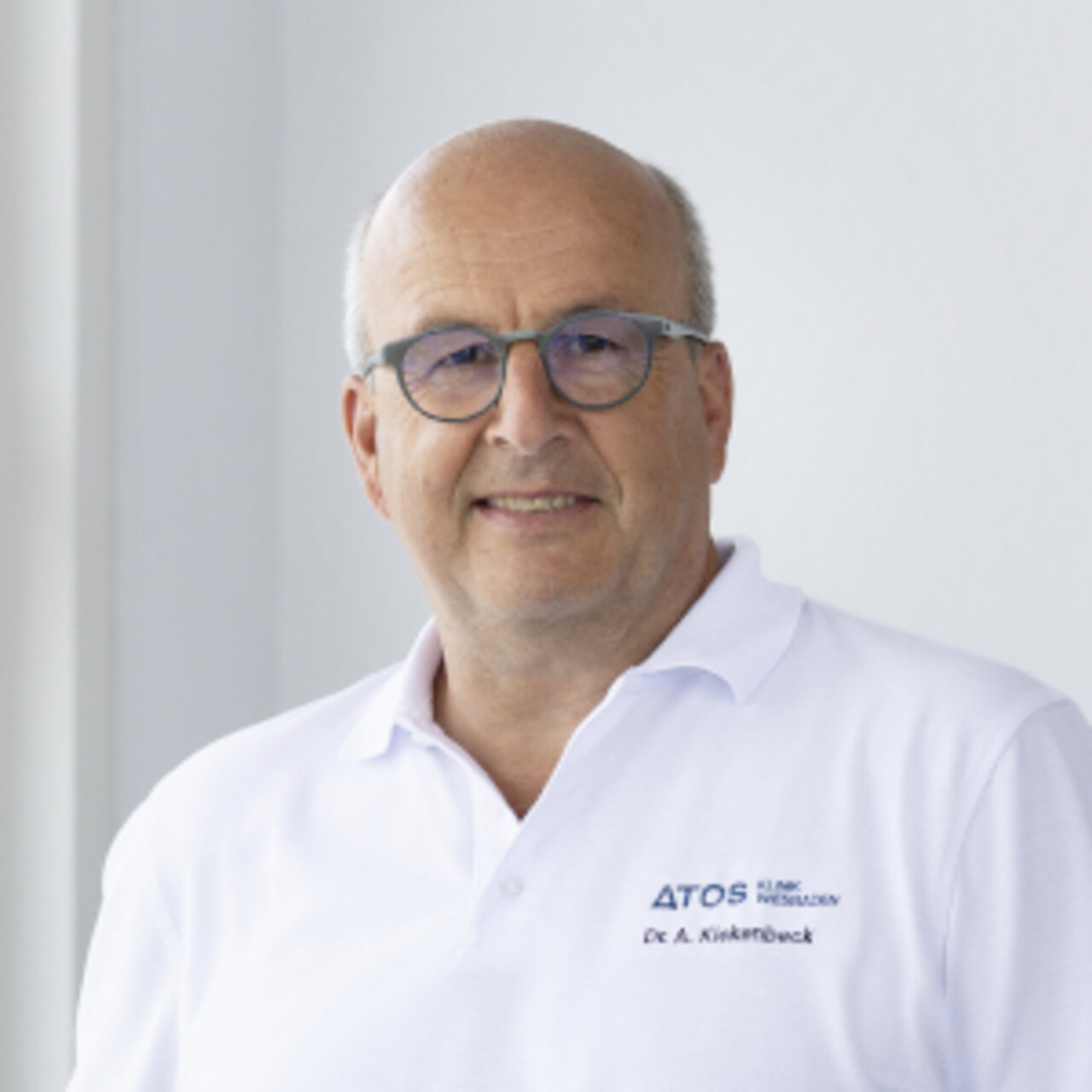Specialists in Shoulder Prosthesis
9 Specialists found
Information About the Field of Shoulder Prosthesis
When is an Artificial Shoulder Joint Necessary?
The shoulder joint is a kind of ball and socket joint with only a small bony anchorage. Therefore, the range of motion of the shoulder joint is very high. With this high range of motion, which is guaranteed by an interaction of muscles, ligaments, and the joint capsule, even major complaints can occur. The soft tissues of the shoulder joint must always be carefully examined to exclude tears in the tendons or shoulder osteoarthritis, which is common in older patients.
Slightly more than 50% of all patients older than 70 years have tears in the rotator cuff of the shoulder joint. Since the rotator cuff is responsible for the movements of the shoulder, this causes pain at rest and movement, which in turn leads to restricted mobility.
Shoulder Pain Should Be Clarified as Quickly as Possible
Not all shoulder pain is referable to wear and tear of the joints. Damage to the tendons and muscles, for example, in bottleneck syndrome, can also lead to shoulder pain. The trigger in such a case should be clarified as quickly as possible to initiate possible conservative or arthroscopic therapies with medication. Especially at an older age, the shoulder tends to fracture and stiffen due to decalcification, which can be the reason for a shoulder prosthesis.
How Often Are Artificial Shoulder Joints Used?
Shoulder prostheses are among the routine therapies nowadays. As early as the 1950s, shoulder prostheses were being implanted all over the world, although the number of shoulder prostheses is still relatively low compared to knee or hip prostheses. So far, many shoulder prostheses have become established, which can solve the various problems well and with which an excellent rehabilitation can be achieved through physiotherapeutic measures.
Shoulder Prosthesis Surgery
In the meantime, there are various forms of shoulder prosthesis, which can be combined with or without socket replacement. Depending on the extent of the damage, the surgeon decides whether to replace the glenoid. Besides, the extent the patient is rehabilitated and can resume the original shoulder function depends mostly on the damage.
Surface Prosthesis on the Humeral Head
The so-called surface replacement on the humeral head is the smallest procedure that can also be carried out minimally invasively without damaging the muscles. If the glenoid also has a smooth and functional surface, it can even be abstained from replacing it during this surgery. If specific criteria are still met by the glenoid, half a prosthesis can be used on the humeral head. But, the muscles and the ligaments must always be functional for this.
If the musculature is paralyzed due to nerve damage, an artificial shoulder joint cannot be used, but if the muscles and tendons are intact, a cap or surface prosthesis can help.
If the damage is already advanced, the surgeon can combine the surface prosthesis with a polyethylene glenoid, which he can insert without cement in good bone, mostly in young patients. In contrast, cement must be used in weak bone, consequently mostly in older patients. Supposing the bone is already very soft and osteoporotic. In that case, the prosthesis cannot be securely and firmly anchored in the bone, so that in most cases a stem-prosthesis is necessary, which extends into the upper arm shaft and is fixed there with bone cement. In some cases, the stem prosthesis can be adapted without cement even if the bone is weak, on the assumption that the stem provides a better anchorage for the cap prosthesis.
The situation is entirely different when the shoulder already has numerous damages to the tendons and the rotator cuff. In these cases, it is still possible to resort to muscle and tendon plastic surgery, a combination of an artificial polyethylene glenoid and a specially designed stem prosthesis with large and movable ball heads, so that good results are usually achieved here as well. Supposing the tendons are already severely damaged to the extent that their function is restricted and the humeral head is directly below the acromion in the x-ray. In that case, an inverted shoulder prosthesis must be used in most cases.
The Inverse or Reversed Shoulder Prosthesis
The prognosis for this prosthesis is excellent if the deltoid muscle outside the shoulder is functional and able to move the shoulder, which requires some exercise after the surgery. In many cases, an excellent result can be achieved even though the tendons that move the shoulder are not involved.
Nowadays, relatively modern procedures have been developed. Due to their complexity, they are only used in patients over the age of 70 years, because there is almost no possibility of retraction with this prosthesis, as the bone is usually unable to hold the shoulder implant. The reason for this is simply that it is assumed that the load is less in older patients because they are less active, the implant can last longer and, it is assumed that the inverted prosthesis does not need to be replaced due to the given life expectancy.
What Happens After the Shoulder Prosthesis Surgery?
In the meantime, special pain catheters make surgery under partial anesthesia possible, so that the patient is not excessively weakened by it. The pain catheters also allow the patient to start exercises with the shoulder early after the surgery without feeling great pain. In general, most artificial shoulder joints may be mobilized and moved soon, but lifting and carrying weights of more than two kilograms should be avoided for the initial days of surgery. It is essential for inverse prostheses that even months after the surgery, the patient should not lean on the operated shoulder under any circumstances to avoid loosening the glenoid implants from the humeral head.
The follow-up treatment of a shoulder prosthesis is very manifold. After a usually 11-day-stay in hospital physiotherapy, motor splint treatment, massages, and lymphatic drainage, pain therapy, and cold treatments are continued and completed in outpatient settings. Usually, follow-up examinations and x-rays are taken six weeks after the surgery, one year later, and then every two years to detect weaknesses in the entire shoulder implant system and correct them as early as possible.
The Shoulder Prosthesis and Sports
The return to everyday sports activities after a shoulder prosthesis surgery depends mostly on the shoulder's condition before the procedure. Suppose the tendons and muscles are already destroyed or atrophied at this stage. In that case, even a prosthesis will not produce miracles, so the demand must be kept lower, and overhead sports can most likely no longer be practiced. In most cases, patients can continue to practice sports such as swimming, Nordic walking, or cycling because they do not put too much strain on the shoulder.
If, however, "only" a cap prosthesis was fitted as part of shoulder surgery, it has been repeatedly observed that patients return to sports such as tennis, volleyball, or basketball. Sports such as golf can also be resumed in some cases if the damage was not too severe, and the overall situation is muscularly stable.
In general, the operated shoulder should be loaded carefully and only lightly; this is especially valid for surgeries where an inverse shoulder prosthesis has been used to prevent loosening of the implant.
The Durability of Shoulder Prostheses
The chances of success of shoulder prostheses can easily keep up with those of knee or hip prostheses. In recent years the durability has increased further so that it can be conscientiously assumed that they will last for over ten years in over 90 percent of cases.
Which Doctors and Clinics Are Specialists in Shoulder Prosthesis Surgery in Germany and Switzerland?
Every patient who needs a doctor wants the best medical care. Therefore, the patient is wondering where to find the best clinic for an artificial shoulder joint. As this question cannot be answered objectively, and a reliable doctor would never claim to be the best one, we can only rely on a doctor's experience. The more shoulder surgeries a doctor carried out, the more experienced he becomes in his specialty.
Shoulder prosthesis specialists are orthopedic surgeons who specialize in the surgical treatment of the shoulder and the implantation of artificial joints. Thanks to their experience and many years of working as orthopedic surgeons specializing in shoulder surgery or endoprostheses, they are the right professionals to contact for implanting a shoulder prosthesis.
We will help you to find an expert for your disease. All listed doctors and clinics from Germany and Switzerland have been checked by us for their outstanding specialization in the field of shoulder endoprostheses and await your inquiry or treatment request.
